Enid Regional Development Alliance wants to encourage visitors to stray from the beaten path, see the parts of town they never knew were there, to wander without any worry of getting lost along the way.
Signs are the solution, according to ERDA Director Lisa Powell, 100 of them, placed around Enid. Some will simply direct, others will highlight the people and places that make the town proud. Ultimately, the hope is to create a better, and longer, visitor experience.
“I think a lot of our gems, and retail and venues for people to go visit, are maybe a little hidden as they drive through the on the main highways,” Powell said. “We have two large highways that efficiently transport people through Enid, and so we want to draw their attention to things and places they can go outside of those highways.”
The new signage system is a joint project between member organizations of Enid First, but ERDA has directed much of the work so far.
Of the 100 signs planned for placement, a fraction have been erected to date: four entryway, six wayfinding and three pedestrian kiosks, she said.
Coming up next are parking signs for the lots surrounding Stride Bank Center, 13 total, giving each lot a name and identifying them as open to the public.
For now, the focus is on getting drivers to take a turn off whichever main road brought them to Enid.
“Our primary objective is to do the highways first,” she said, installations around downtown follow second.
There’s a science to signage, she said, to choosing the best font, to pairing it with the ideal color scheme on the right size sign anchored in just the perfect place.
In 2016, Michigan-based Corbin Design was hired to help Enid hit the mark. The firm specializes in designing wayfinding signage, and has done so for Tulsa and Fort Worth, to name two regional examples.
According to Powell, Corbin used local art and architecture to influence the design and scheme for the signage that will adorn Enid.
Actually fabricating the signs has been a task largely tackled by talent available at the city’s sign shop, Powell said, “but that kind of talent comes and goes,” and “we’re going to need to look to fill some of that with local vendors.”
The whole project has an annual budget of $50,000, she said, with an average per-sign cost of $1,500. That estimate is a “non-scientific guess,” and price varies with size and materials used.
While the ultimate goal of the project is to increase sales tax revenue for the city, there are potential benefits besides, Powell said, like bolstering community pride, and establishing a sense of place.
Another side of the project is the removal, and in some instances, replacement of signs that are ineffective or outdated.
“Once you start looking around town you’ll begin to notice how ineffective some of them are, and where we can consolidate some others,” she said, some are too small to see while driving, or point to locations, such as NORCE, that are no longer open. Some are simply placed in spots where they’re not helpful.
New signage will be highly visible and easier to track from behind the wheel.
“The fact that they all have the same look and style is also a benefit to the entire system,” she said. “People will begin to train their eye to be looking for these signs for directions.”
Story provided by Enid News & Eagle
Written by: Mitchell Willetts


